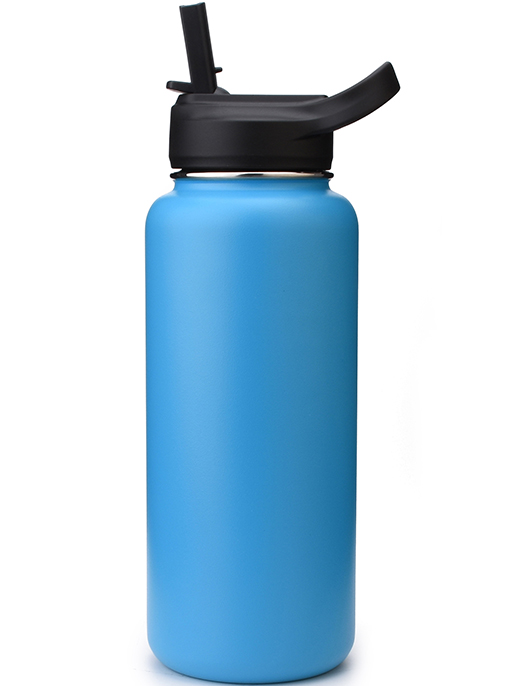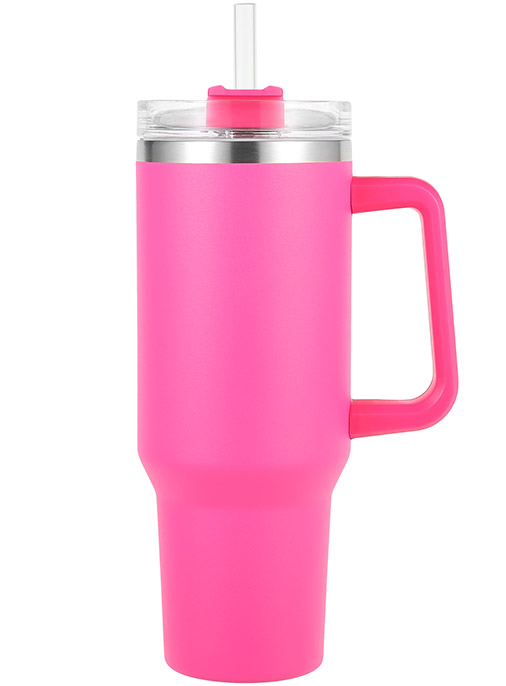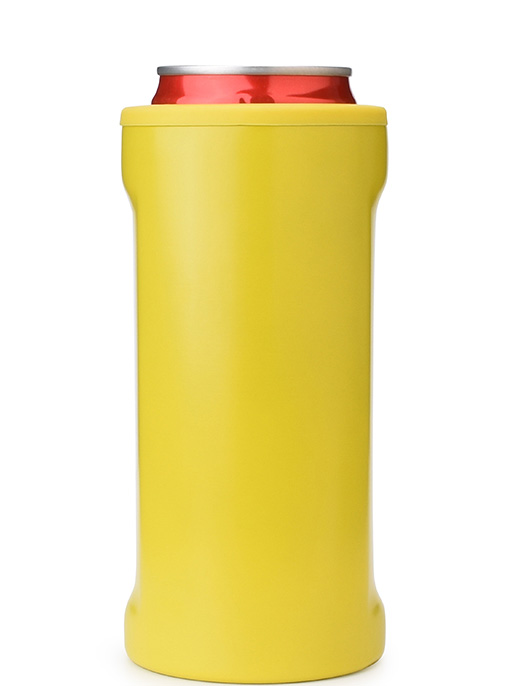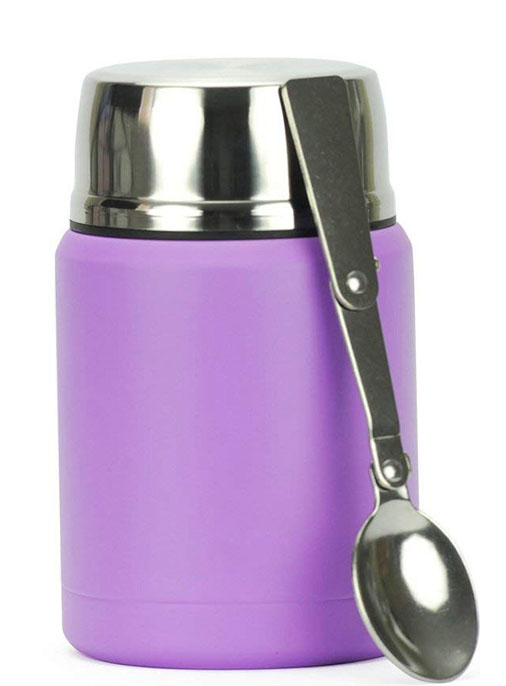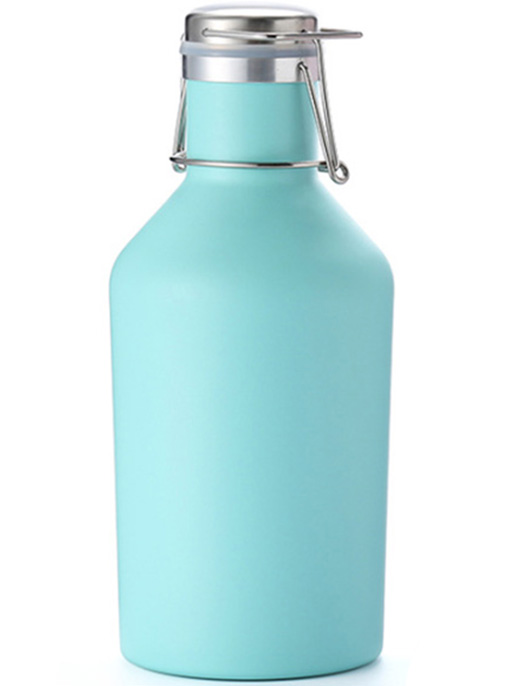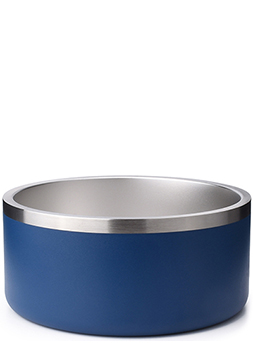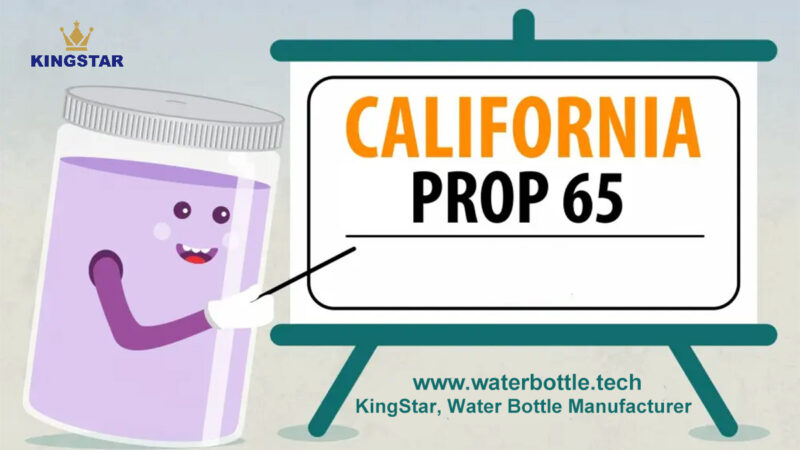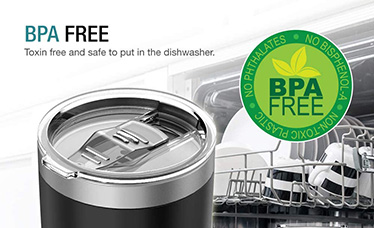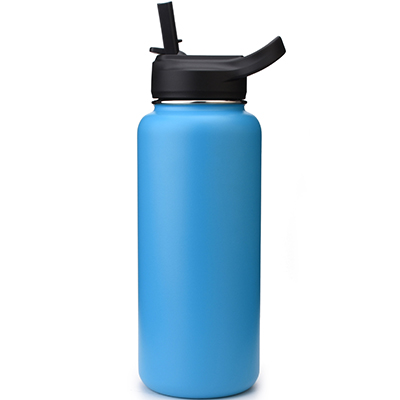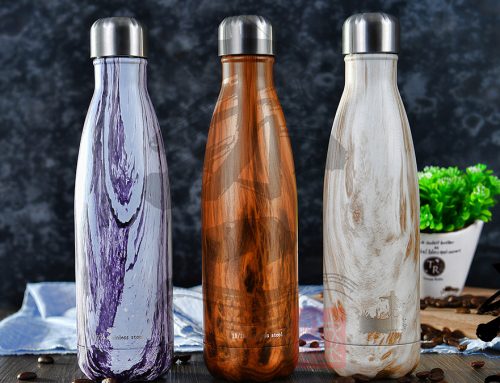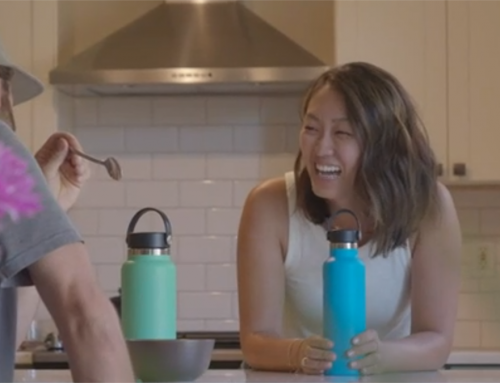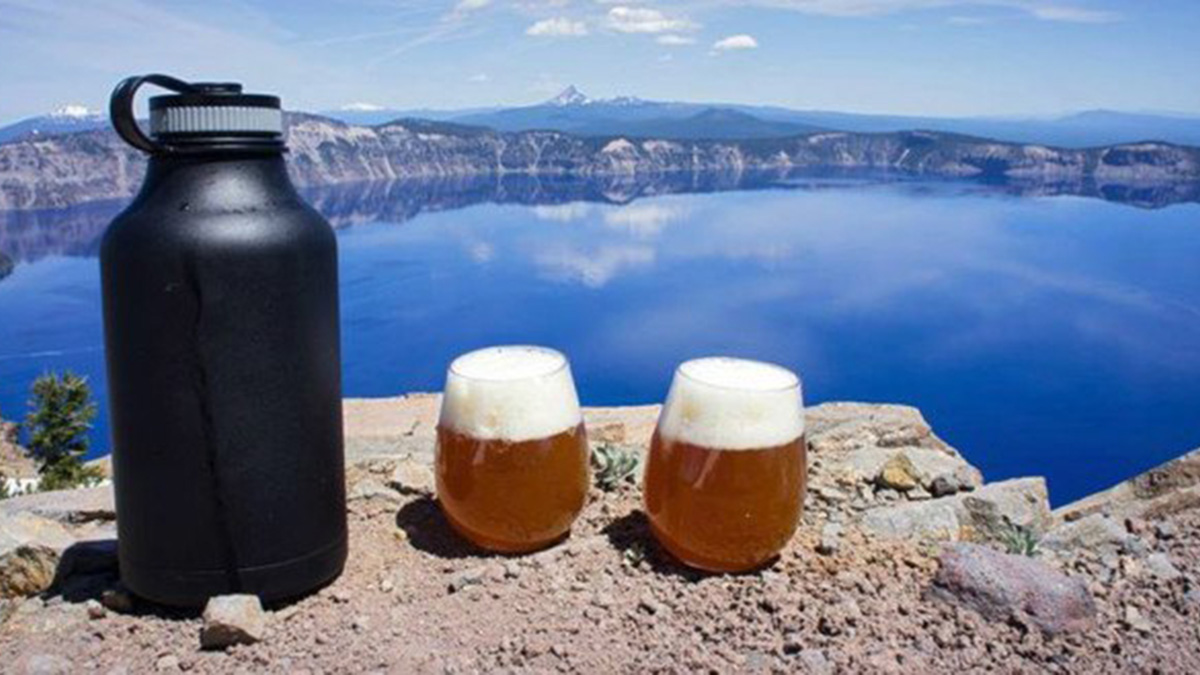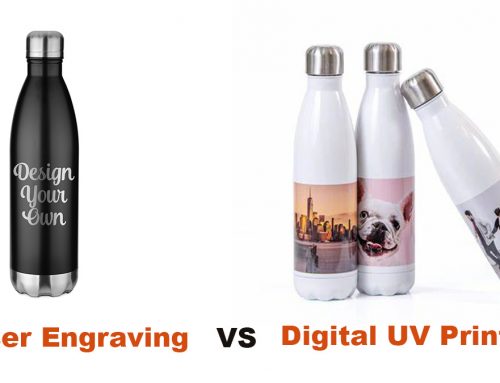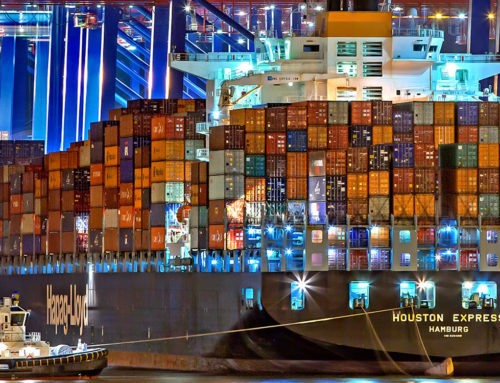Contents
-
Prop 65 / CA65? -
Which Chemicals are on the Prop 65 / CA65 List? -
How does KingStar Ensure Stainless Steel Vessels Containers are Prop 65 Compliant? -
Water Bottle Manufacturer vs. Retailer Duties -
Prop 65 Warnings -
What does A Warning Mean? -
How is a Chemical Added to the List? -
How Have Prop 65 Regulations Changed?
What is Prop 65 / CA65?
Which Chemicals are on the Prop 65 / CA65 List?
Examples of Restricted Substances
| |
|
|
|
| |
|
|
|
| |
|||
| |
|
|
|
| |
|
||
| |
|
|
|
| |
|
|
|
| |
|
|
|
| |
|
|
|
| |
|
|
|
| |
|
|
|
| |
|
|
|
| |
|
|
|
| |
|
|
|
| |
|
|
|
How does KingStar Ensure Stainless Steel Vessels Containers are Prop 65 Compliant?
-
All materials for the production and packaging of vacuum insulated stainless steel vessels flasks comply with the requirements of Prop 65 -
Conduct systematic Prop 65 training for all engineers, buyers, quality managers. -
Cooperate with customers to fully implement customer requirements -
Cooperate with third-party laboratories such as SGS, BV, Intertek, etc., send samples in time, and cooperate with customers’ random inspection requirements.
Water Bottle Manufacturer vs. Retailer Duties
Prop 65 Warnings
What does A Warning Mean?
How is a Chemical Added to the List?
How Have Prop 65 Regulations Changed?

